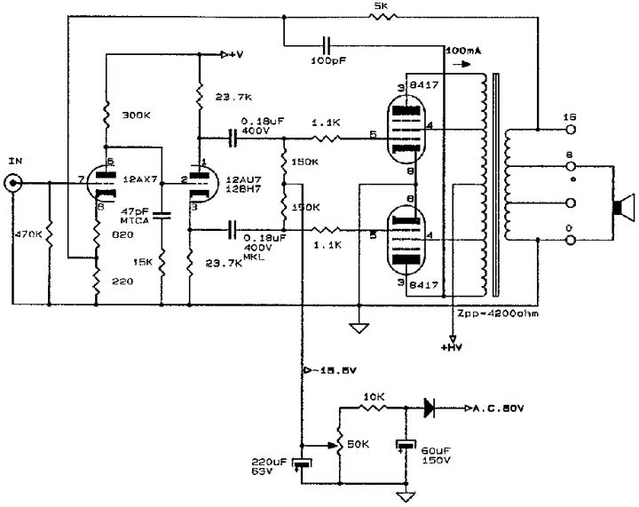Hey Folks,
Haven’t posted here in a while. With my wife in grad school and my boys playing football, I haven’t had much time for audio projects.
I want to upgrade the coupling caps in my Quicksilver mono amps. Here’s the schematic.

Each channel uses two 0.18uF caps. The resistor setting the input impedance of my amp is 100kohms, not the 470kohms shown in the schematic.
I would like to change the value of the caps to increase the high pass filter hinge frequency to around 80Hz.
With this circuit, will the formula F= 1/(2piRC) tell me the HPF frequency, which in this case would be 1/(2pi*100,000ohms * (0.18uF + 0.18uF)) = 4Hz?
Assuming that is correct, can I change the value of the caps to 0.01uF to get a HPF frequency of 80Hz?
Or am I completely misunderstanding the circuit here and should leave coupling cap values as is?
Thanks for your help.
Russ